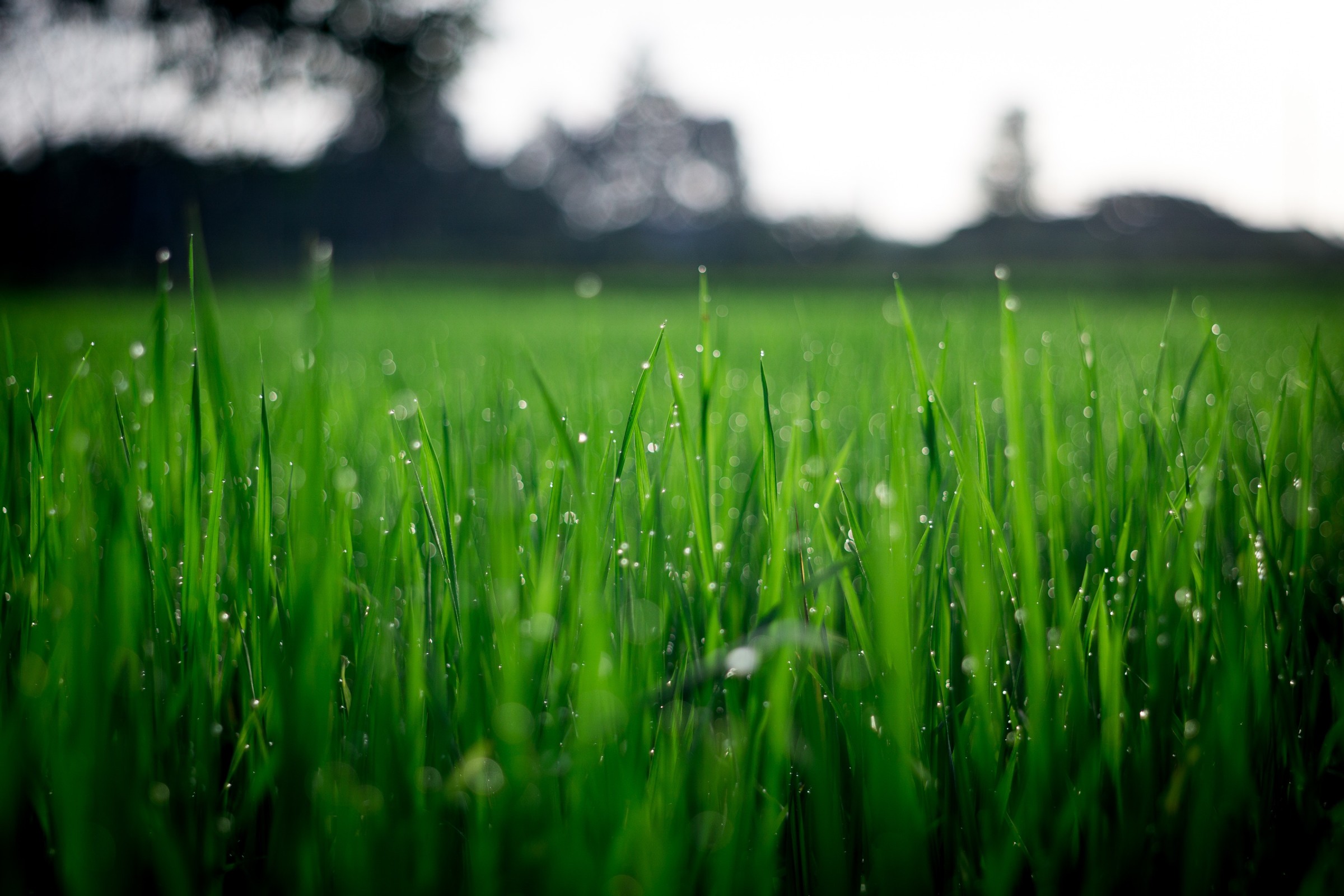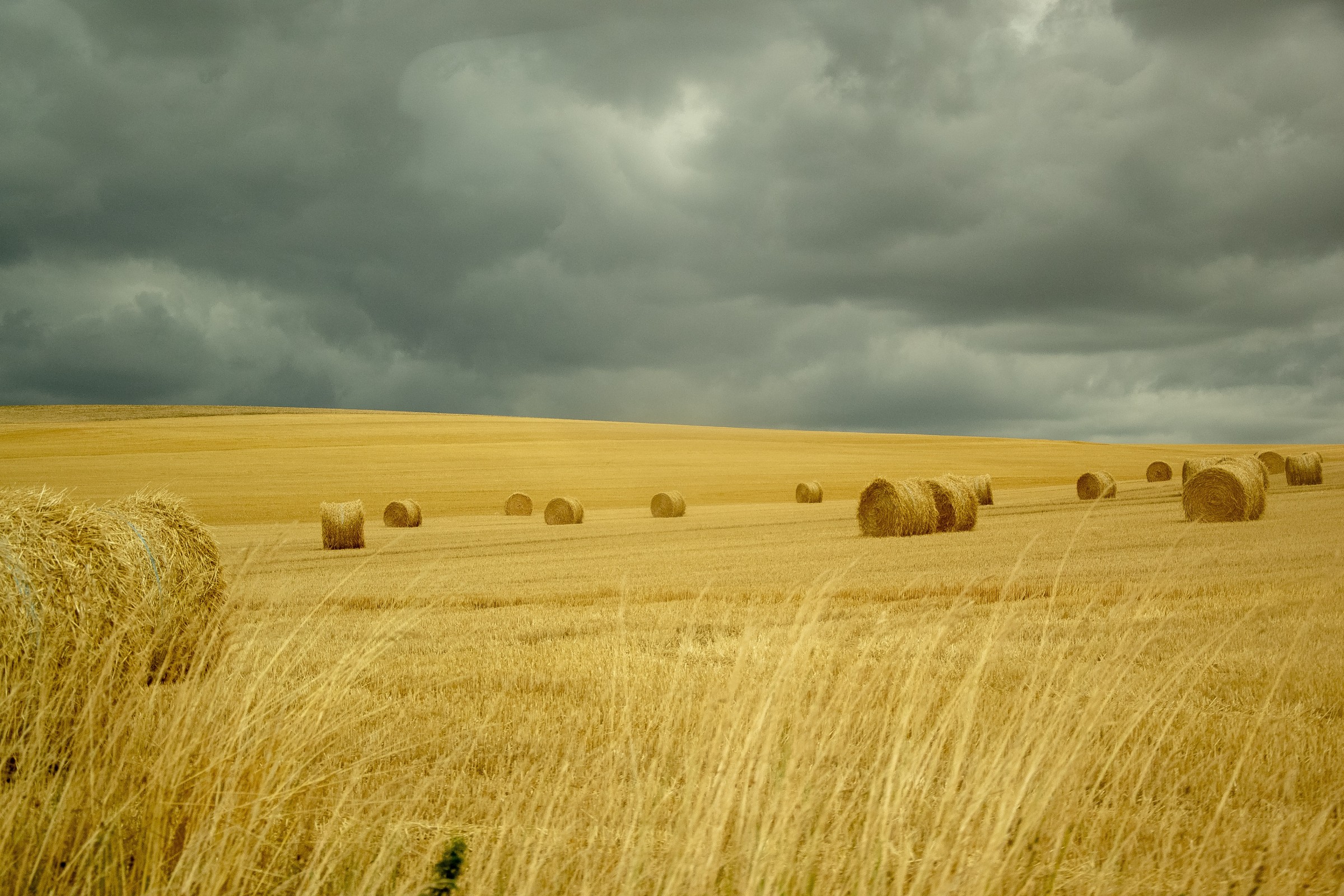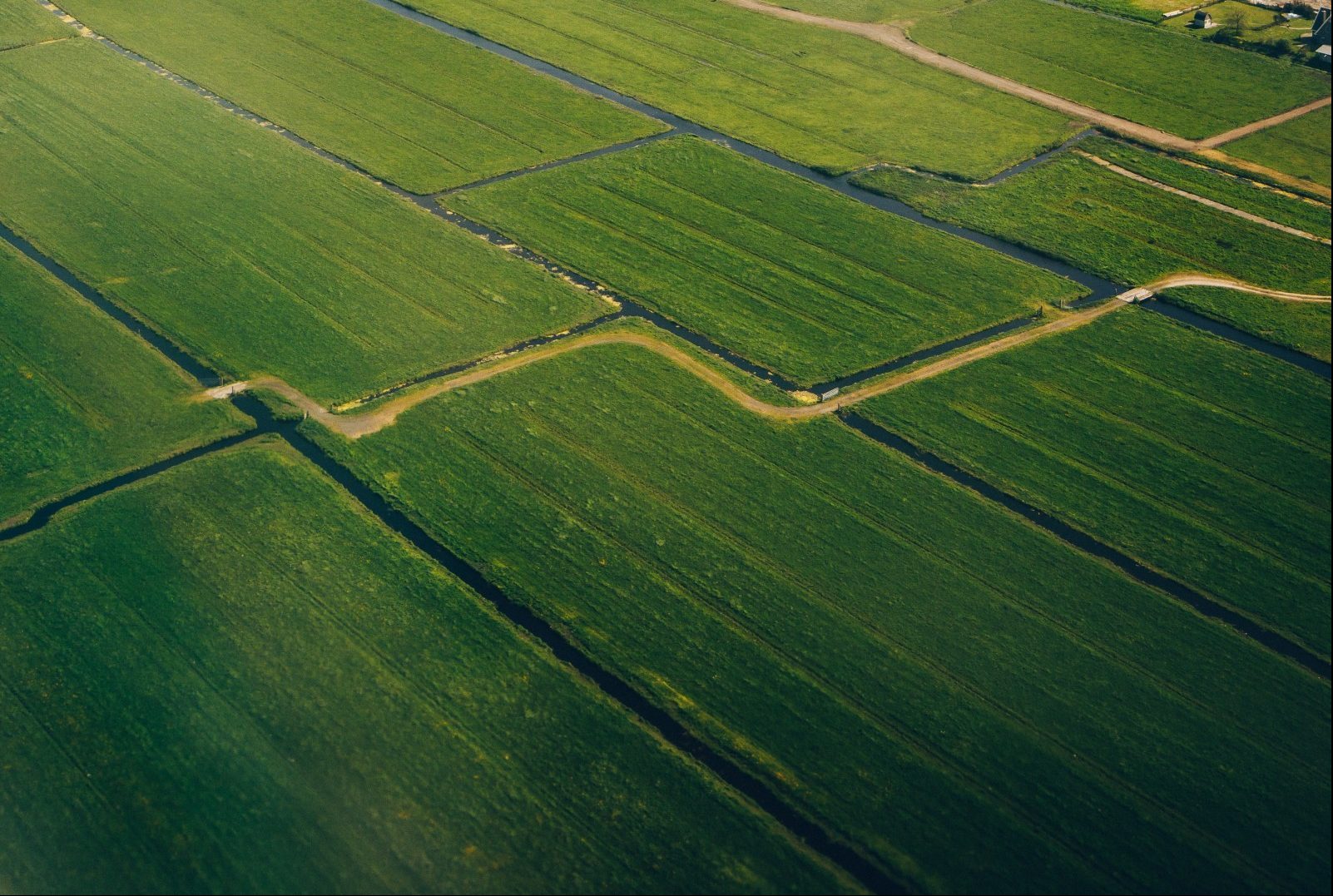Soil Testing
Soil Testing & Analysis
Soil testing is done at the UW Soil Testing Lab in Madison

Lawn & Gardens
Home lawns, home vegetable and flower gardens, non-commercial fruit crops, landscape trees and shrubs.

Wildlife Food Plot
Planted area of grains (corn, soybeans, millet, etc.) or legumes to provide wildlife food and cover.

Field
Field crops, commercial vegetables and fruit crops.
How to Submit Sample:
- Take sample of your soil. Click the “Learn More” button under either Lawn & Garden, Wildlife Food Plot, or Field to learn how to take a good soil sample.
- Fill out the appropriate submission form, to the best of your knowledge.
- Ensure the soil sample has no debris, twigs, or leaves.
- Place the sample in a Ziploc bag for shipment.
- Send submission form, soil sample, and check with payment to:
Soil & Forage Analysis Lab
4702 University Avenue
Madison, WI 53705
Important Notes
- A soil sample is no more than 2 cups of soil.
- All twigs, pebbles, and other foreign materials should be removed from the soil sample.
- Results sent 10-14 days after sample(s) received by lab.
Why Test Soil?
Over 200,000 soil samples are analyzed in Wisconsin each year, and the results of these tests guide Wisconsin farmers in the use of lime and nutrient applications. The appropriate use of lime, fertilizer, manure and other nutrient sources significantly increases Wisconsin farm income. Just as importantly, following nutrient application guidelines prevents over-application of nutrients. This, in turn, enhances profitability and reduces the potential for environmental degradation.
Analysis & Reporting
Your soil test report will provide an accurate index of the level of available nutrients in the soil; indicate the degree of nutrient deficiency that may exist for the various crops grown; suggest how the deficiency might be corrected; and provide the results in a meaningful way so that you can make the appropriate decision as to what nutrients to add.
Laboratory analysis will include soil pH, percent organic matter, phosphorus and potassium. Additional secondary and micro-nutrient analysis of calcium, magnesium, boron, manganese, zinc and sulfur are also available for an additional charge.
Your report is also available in PDF format accompanied by a spreadsheet containing the laboratory results and a SNAP-Plus compatible input file.
Cost Guide
| Lawn & Garden | Wildlife Food Plot | Field |
| $15 PER SAMPLE Optional: Soluble Salts: $7 – Physical Analysis (percent sand, silt, and clay): $23 – Calcium and Magnesium $3 Lead screening is also available for $15 per sample. | $15 PER SAMPLE Optional: Calcium + Magnesium: $3 – Boron: $3 – Zinc: $3 – Manganese: $3 – Sulfur-Sulfate: $3 | $8 PER SAMPLE Optional: Soluble Salts: $7 – Physical Analysis (percent sand, silt, and clay): $23 – Calcium and Magnesium $3 Lead screening is also available for $15 per sample. |
*Make checks payable to “UW Soil Testing Lab”
MORE RESOURCES TO CHECK OUT




